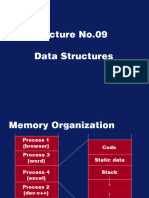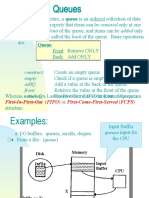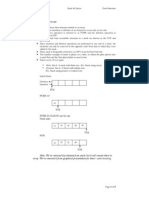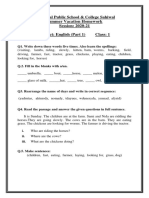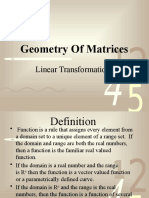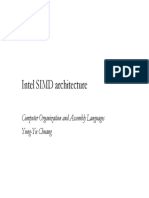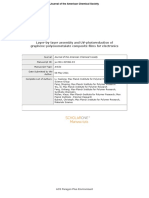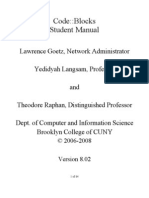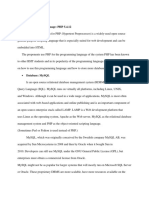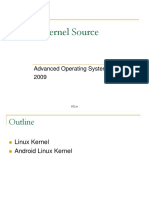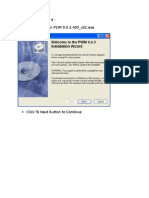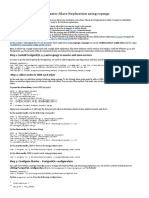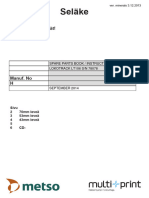0% found this document useful (0 votes)
61 views5 pagesQueue Implementation for CS Students
A queue is a linear data structure that follows the FIFO (first in, first out) principle. Elements are added to the rear of the queue and removed from the front. This document presents an implementation of a queue using two stacks. Elements are pushed to the first stack, then all elements are moved to the second stack and back to make the oldest element end up on top. The queue supports enQueue to add and deQueue to remove elements. Applications of queues include printer servers, call centers, interrupt handling, and asynchronous data transfer between processes.
Uploaded by
HuzaifaCopyright
© © All Rights Reserved
We take content rights seriously. If you suspect this is your content, claim it here.
Available Formats
Download as DOCX, PDF, TXT or read online on Scribd
0% found this document useful (0 votes)
61 views5 pagesQueue Implementation for CS Students
A queue is a linear data structure that follows the FIFO (first in, first out) principle. Elements are added to the rear of the queue and removed from the front. This document presents an implementation of a queue using two stacks. Elements are pushed to the first stack, then all elements are moved to the second stack and back to make the oldest element end up on top. The queue supports enQueue to add and deQueue to remove elements. Applications of queues include printer servers, call centers, interrupt handling, and asynchronous data transfer between processes.
Uploaded by
HuzaifaCopyright
© © All Rights Reserved
We take content rights seriously. If you suspect this is your content, claim it here.
Available Formats
Download as DOCX, PDF, TXT or read online on Scribd
/ 5
















